Banksy's Artistic Protest Against the Repression of Pro-Palestinian Protesters in London
TEHRAN (Defapress) - Banksy, an unknown street artist, once again drew attention to his critical art by unveiling a new mural on the wall of the High Court in London on Monday. The artwork, which shows a judge who has injured a protester with a gavel, and his placard has fallen bloody on the ground, is a reaction to the widespread arrest of members of the group "Palestinian Action".
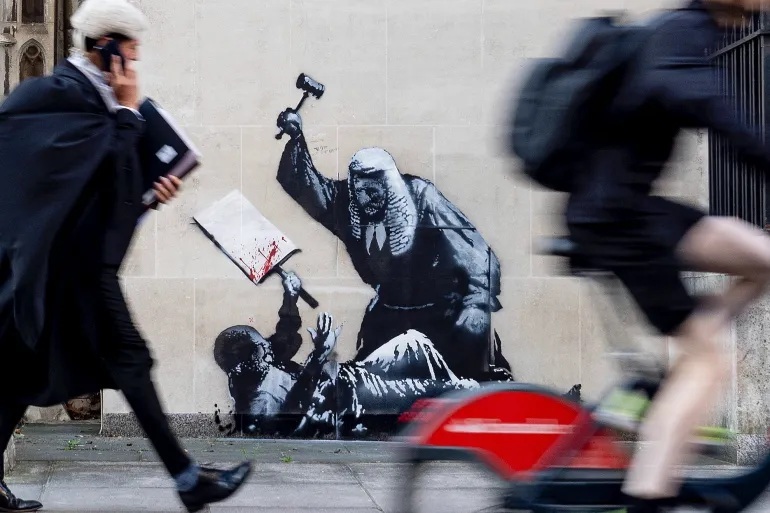
The painting was created a few days after about 900 people were arrested during a demonstration in London against the banning of the group "Palestinian Action" and was painted on the wall of the High Court in London. Banksy's work, which was published on his Instagram, was quickly covered by British police and surrounded by protective barriers.
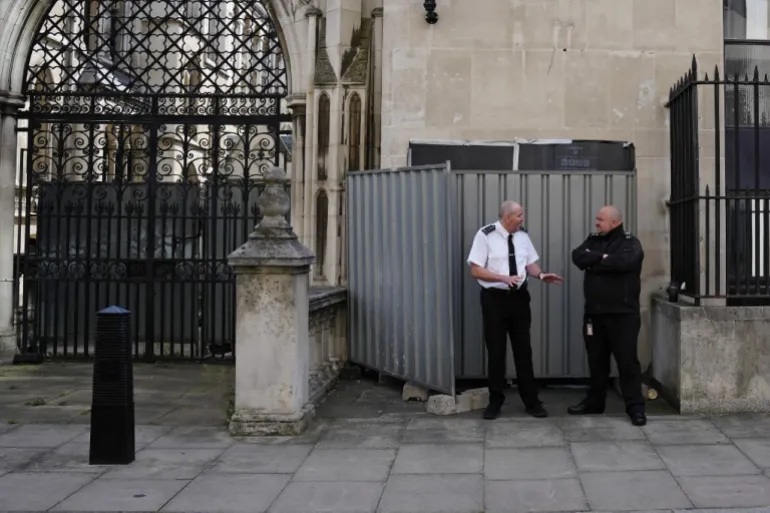
Last July, the UK government declared Palestine Action a “terrorist organisation” on a spurious basis. The decision made it a criminal offence to support or join the group. But rights groups and activists have accused the Labour government of cracking down on pro-Palestinian activists and said the ban threatened the right to peaceful protest. Amnesty International called the move a “worrying legal breach”, and lawyers and civil liberties campaigners warned that the decision would have dangerous consequences for foreign policy activism.
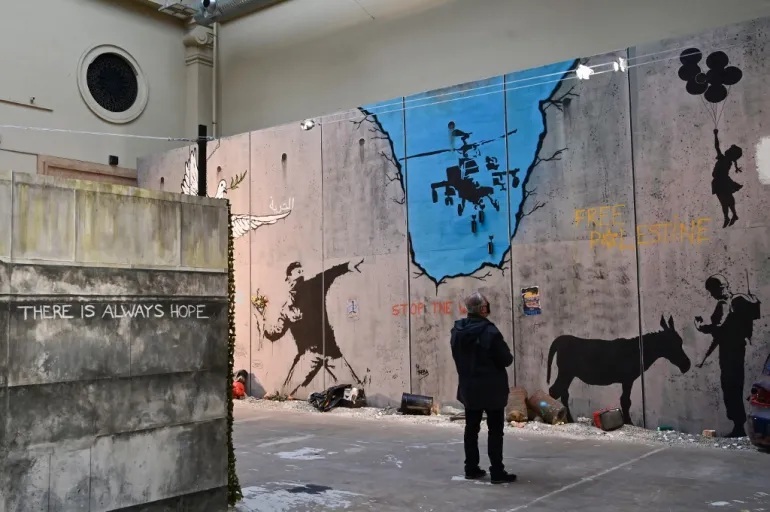
Banksy has used his art to portray the suffering of Palestinians under Israeli occupation for years. His work in the West Bank includes paintings such as a girl inspecting an Israeli soldier and a masked protester throwing a bouquet.
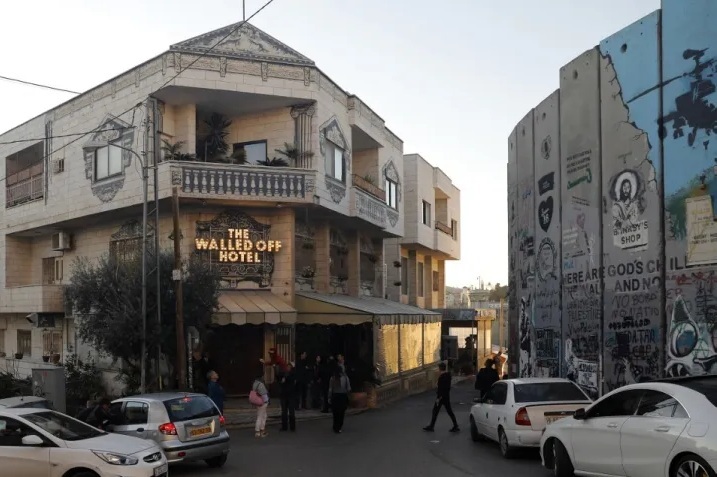
In 2017, he opened a hotel in Bethlehem called “Walled Up,” located opposite Israel’s separation barrier, which the International Court of Justice in The Hague ruled illegal in 2004.
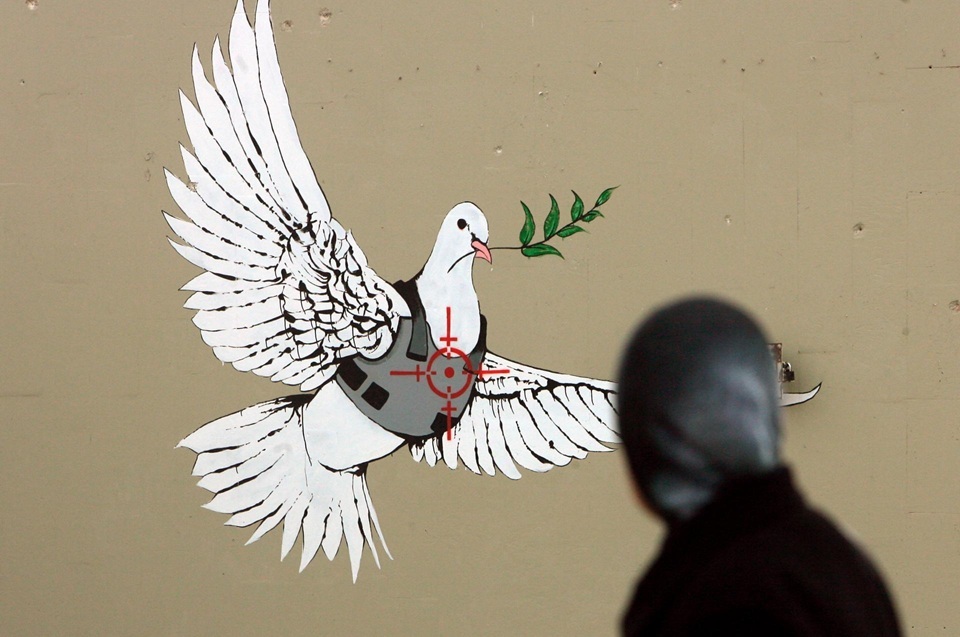
Banksy’s new painting in London not only addresses the crackdown on pro-Palestinian activists, but also a broader reflection on the use of state and judicial power against civil movements opposed to UK foreign policy. Like other Banksy works, the work simultaneously demonstrates artistic value and political controversy.
